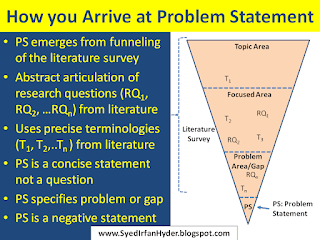We need to compare the Doctrine of Necessity version 2.0 of SC Justice Khosa (2017) which states "To do a great right, do a little wrong" with the Doctrine of Necessity version 1.0 of SC CJ Munir (1954) which states "Necessity makes lawful that which is unlawful". As per SC decision of March 2012 "deciding cases on the basis of likely consequences will mean reverting to the malignant ‘doctrine of necessity’ that has been buried by the people with their valiant struggle" [1]. It is clear that both version 1 and 2 are relying on the "likely consequences" emanating from a "great right" and "necessity". Since 1954, Doctrine of Necessity Version 1.0 has been responsible for sending home 15 prime ministers, imposition of 4 martial laws, and slapping of dictatorial rule of over 35+ years. Effectively over the last 63 years, the doctrine seems to have only served the interests of neo-colonialism, and has neither served any great necessity or delivered any great right (see Costs of Justice Munir's Doctrine of Necessity: 4 Martial Laws and 35 years of dictatorships). As per the comments of Justice Khosa and Justice Ejaz Afzal, Panama Case Judgement would be remembered for decades and centuries. Hence, the questions raised by Doctrine of Necessity version 2.0 are (i) How many PMs will this decision depose? (ii) How many martial laws will it germinate? (iii) How many years of dictatorial reign will it perpetuate???
[To understand the context of this post, please read At What Cost! Why Compute Economic Costs of Faulty Political Decisions]
[To understand the context of this post, please read At What Cost! Why Compute Economic Costs of Faulty Political Decisions]


